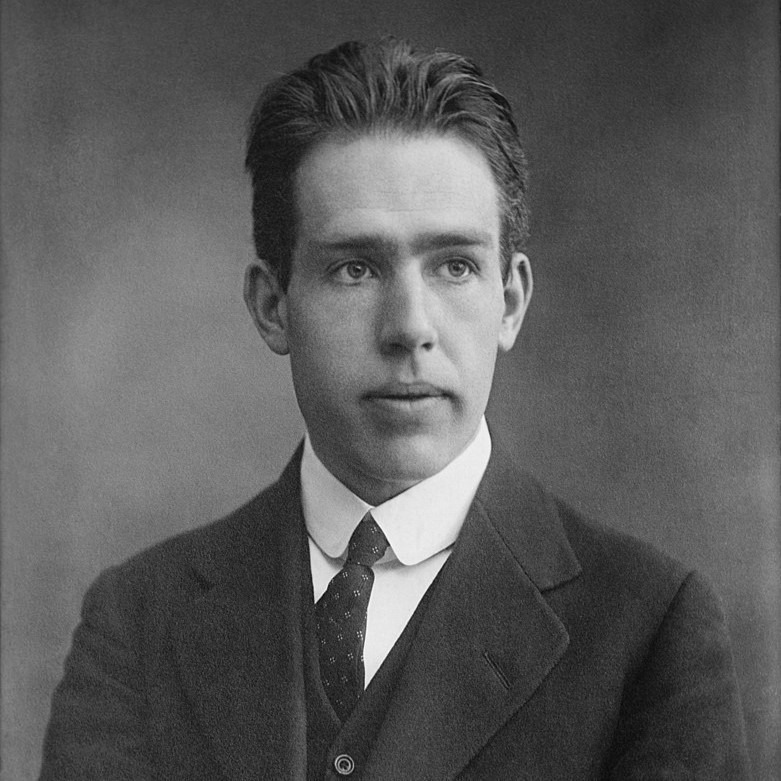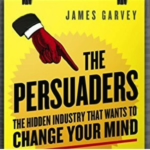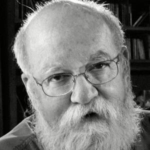
Years ago, when I was a student at Caltech, I remember the physicist Richard Feynman saying: “You can know more than you can ever prove.” Never was this scientific intuition used to greater effect than by the Danish physicist Niels Bohr, who in the early 20th century concocted a model of the atom that explained all of chemistry but which had pretty much no scientific justification.
Recently, I lectured on a New Scientist “Bohr’s Copenhagen” tour, and was lucky enough not only to sit at the great man’s desk at the Niels Bohr Institute but to explain his atomic model to the tour group in the lecture theatre there. It sent a shiver down my spine, as did seeing photos of the former occupants of the bench seats: Bohr, Heisenberg, Dirac, Pauli, Meitner; a roll-call of those who created the quantum revolution of the 1920s, an event as significant as the scientific revolution of the 17th century.
The quantum entered physics in 1900 when Max Planck found that the sole way to explain the light coming from a furnace was to assume that the atoms could exchange energy only in discrete packets, or quanta. Five years later, Einstein explained the “photoelectric effect”, in which electrons were kicked out of a metal by light, by assuming that light too consisted of a stream of quanta: photons.
Enter Bohr. In 1912, he got Copenhagen’s Carlsberg brewery to pay for him to go to Cambridge. But the man who had attracted him there – J. J. Thomson, the discoverer of the electron – kept Bohr at arm’s length, perhaps because Bohr’s English was so terrible that all he could do was point to equations in Thomson’s papers and say, “This is incorrect.”
A chance meeting with Ernest Rutherford sent Bohr to Manchester. There, Rutherford’s group had discovered that the atom was like a miniature solar system, with a nucleus 100,000 times smaller than the whole and containing 99.9 per cent of its mass, around which electrons orbited like planets. The problem was that Rutherford’s atom was impossible. The orbiting electrons should radiate light and lose energy and, in less than a hundred millionth of a second, spiral into the nucleus. Bohr guessed that the everyday laws of physics do not apply in the ultra-small realm of the atom. He remembered the quantum. Maybe only certain orbits with discrete energies were allowed. He had no idea why. But there was an enormous pay-off.
When an electron dropped from a high-energy orbit to a lower-energy one, it gave out light with an energy equal to the difference. Immediately, he could explain why atoms emitted light at only discrete energies, something observed in the laboratory and in the Sun.
Bohr and others elaborated the model. If each orbit could contain only a certain complement of electrons, then each element would have a distinctive number of electrons left over in its outermost orbit. Since it was via the outer electrons that an element interacted with other atoms, it would explain why all elements with one outer electron behave similarly, and so on.
In other words, it would explain chemistry.
The Bohr atom was a patchwork of guesses and intuitions stitched together into a ragged quilt with no fundamental justification. It was like building a passenger jet with no engines, but intending to put them in at a later date. Charles Darwin had done something similar when he proposed the theory of evolution by natural selection, not knowing the mechanism of inheritance (DNA) and the mechanism of mutation (mistakes in DNA). Darwin and Bohr were similar geniuses, moving science forward despite enormous holes in their knowledge.
The engines of Bohr’s theory were provided in 1925, the year The Great Gatsby was published, by Erwin Schrödinger and Werner Heisenberg. In Schrödinger’s bizarre picture, an abstract quantum wave encodes everything there is to know about, say, an electron. The wave spreads through space according to the Schrödinger equation, and wherever the wave is big there is a high chance of finding the electron if you look. Confined within an atom, the quantum waves bounce back and forth, cancelling out in some places and reinforcing in others. Where they reinforce are Bohr’s discrete orbits.
The atom, it turns out, is nothing whatsoever like the miniature planetary system imagined by Bohr. Nevertheless, he had been able to capture its essence. Bohr’s genius, to use Feynman’s phrase, was in knowing more than he could ever prove.
This article is from New Humanist’s winter 2024 issue. Subscribe now.


